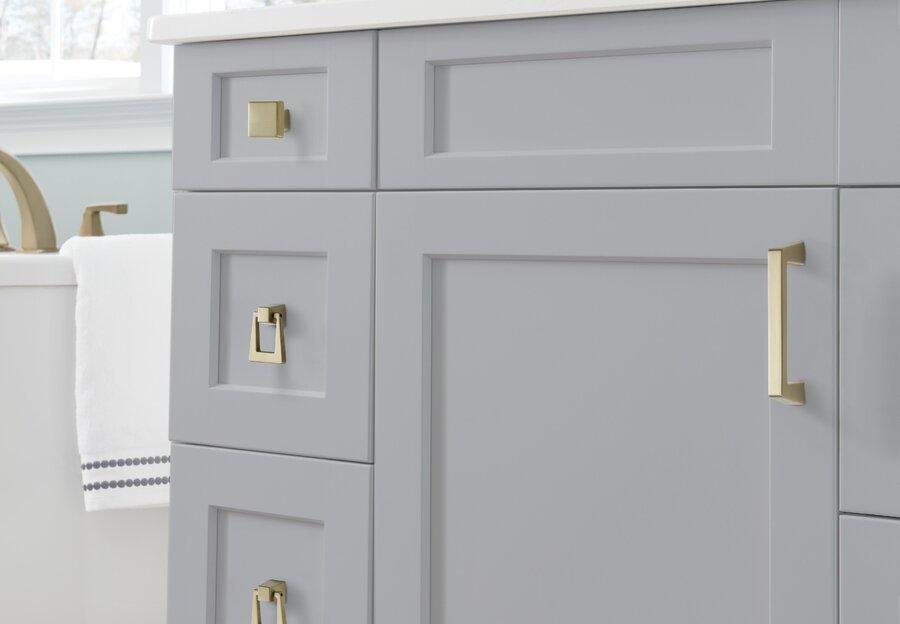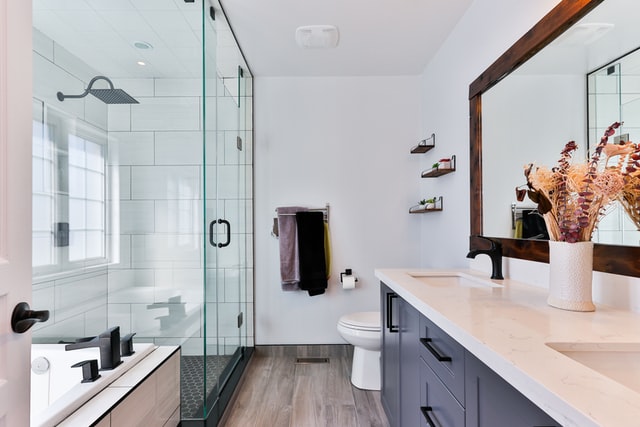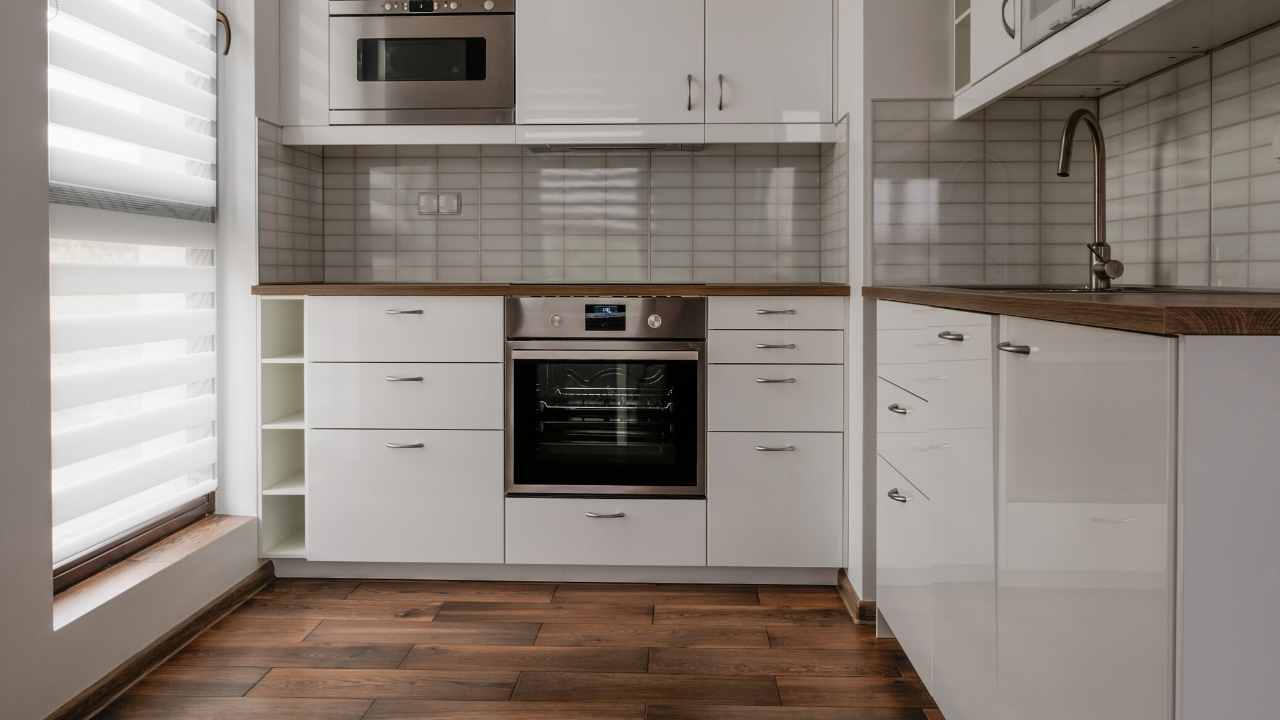
When planning a kitchen remodel, the first thing to do is to draw a rough blueprint of your new space. The layout and placement of appliances should be the main focus. You can create a rough plan for the kitchen to help you decide what will go where, and how much work is required. This will allow contractors to give you a rough estimate. This will help you get a rough estimate from contractors.
Next, decide on a design style. You can go modern or traditional. A kitchen can be either modern or classical, and can include any colors or materials that you choose. A color scheme that matches your personality can also be chosen. Once you've decided on a color and style, you can start interviewing contractors. It will be necessary to interview a kitchen designer, builder, electrician, plumber, and an HVAC contractor. You will also require a painter, an drywaller, or a floorlayer.

Once you have chosen a style, it's now time to find a contractor. There are many people who will help you remodel your kitchen. Once you have decided on a contractor to do the job, you need to calculate how much it will cost. A contractor's fee will be charged upfront. If you're planning to renovate the entire kitchen, it's better to hire a professional to do the work for you.
Consider the dimensions of the kitchen and the materials you intend to use when designing a kitchen remodel. You should budget for a large project. It will likely cost you more time and money than you anticipated. Add ten to twenty percent to the initial budget and be open to adjusting for unexpected expenses. You don't want a poorly-designed kitchen.
It is crucial to examine your current kitchen. It is essential to take a good look at your current kitchen and identify the things you like. A well-designed kitchen is more functional and attractive than one that lacks it. It's also more inviting. Don't forget to include everything when you plan a complete kitchen renovation. You should think carefully about how you want the kitchen to look.

Hiring a remodeling company is the final step in planning a kitchen renovation. It's important to avoid cutting corners and choosing the first available company. It is worth taking the time to research several companies before you hire a contractor. Contractors should be able offer you a quote that fits your needs and budget. The kitchen remodeling industry is constantly changing, so it's important to stay current on the latest trends.
FAQ
Is it better to hire either a general or subcontractor?
A general contractor will usually cost more than a subcontractor. General contractors have many employees so often charge their clients a high amount for labor costs. A subcontractor on the other side only employs one person, so he/she charges less per-hour.
What should you consider when buying your next home?
Before purchasing a new home, make sure that you have enough money saved up to cover closing costs. You may want to refinance your mortgage if there isn't enough cash.
How do I renovate my house with zero money?
If you are looking to renovate a house with no money, here are some steps:
-
Make a budget plan
-
Find out what materials are required
-
Decide where you want to put them
-
Make a list.
-
Figure out how much money you have available
-
Plan your renovation project
-
Start to work on your plans
-
Do your research online
-
Ask friends and family to help
-
Get creative
Are you better off doing floors or walls?
The best way of starting any project is to determine what you want. It is important to consider how you will use the space, who it will be used for and why. This will help determine if flooring or wall coverings are best.
You may want to lay flooring before you create an open-plan kitchen/living space. If you have chosen to make this room private then you could opt for wall coverings instead.
Statistics
- It is advisable, however, to have a contingency of 10–20 per cent to allow for the unexpected expenses that can arise when renovating older homes. (realhomes.com)
- According to the National Association of the Remodeling Industry's 2019 remodeling impact report , realtors estimate that homeowners can recover 59% of the cost of a complete kitchen renovation if they sell their home. (bhg.com)
- A final payment of, say, 5% to 10% will be due when the space is livable and usable (your contract probably will say "substantial completion"). (kiplinger.com)
- The average fixed rate for a home-equity loan was recently 5.27%, and the average variable rate for a HELOC was 5.49%, according to Bankrate.com. (kiplinger.com)
- Rather, allot 10% to 15% for a contingency fund to pay for unexpected construction issues. (kiplinger.com)
External Links
How To
How do I plan for a whole house renovation?
Planning a whole-house remodel requires planning and research. Before you begin your project, there are many things to think about. The first thing to do is decide what kind of home renovation you want. You could choose from different categories such as kitchen, bathroom, bedroom, living room, etc. After you decide which category you want to work on, figure out how much you can afford to spend on the project. If you don't have experience with working on houses, it's best to budget at minimum $5,000 per room. If you have more experience, you might be able spend less.
After you have determined how much money you have available, you can decide how big of a project you would like to undertake. If you have only enough money to remodel a small kitchen, you may not be able add new flooring, countertops, or paint the walls. If you have the money to do a complete kitchen remodel, you will be able to handle almost anything.
Next, look for a contractor with experience in the type or project you are looking to tackle. You will be able to get great results and avoid a lot more headaches down in the future. After you have selected a professional contractor, you can start to gather materials and supplies. You might need to make everything from scratch depending upon the size of your project. However, you won't have to worry about finding the exact item you are looking for in the many pre-made shops.
After you've gathered all the supplies you need, it's time to begin making plans. First, you'll want to draw up a rough sketch of where you want to place furniture and appliances. Next, design the layout of your rooms. Make sure that you leave space for plumbing and electrical outlets. Also, try to put the most used areas near the front door so that visitors can easily access them. Last, choose the colors and finishes that you want to finish your design. In order to avoid spending too much money, stick to neutral tones and simple designs.
Now that you're finished drawing up your plan, it's finally time to start building! Before you begin any construction, make sure to verify your local codes. Some cities require permits while others allow homeowners to build without one. You will need to first remove all walls and floors that are not required for construction. Next, you'll lay down plywood sheets to protect your new flooring surfaces. You will then attach or nail pieces of wood together to make the cabinet frame. Finally, attach doors to the frame.
When you're done, you'll still have a few finishing touches to do. Covering exposed pipes and wires is one example. Plastic sheeting and tape are used to cover exposed wires. Also, you will need to hang mirrors or pictures. Make sure to keep your work area neat and tidy.
These steps will help you create a functional, beautiful home that is both functional and attractive. Now that you know how to plan a whole house remodeling project, you can go ahead and get started!